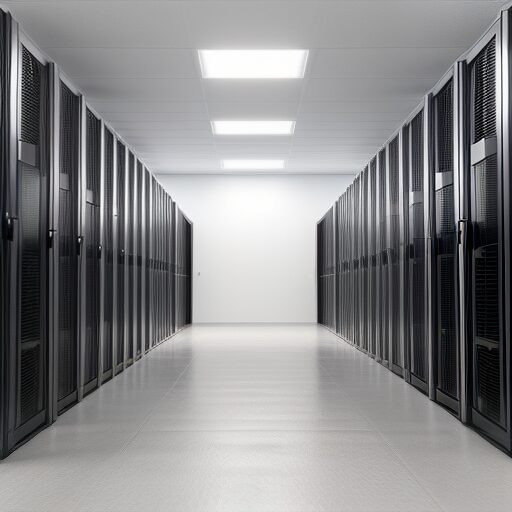Technical Support and Maintenance in the realm of IT are crucial services that ensure the smooth operation and longevity of technology systems within organizations. Here’s an overview of what these services typically involve:
Troubleshooting and Problem Resolution: This is perhaps the most recognized aspect of technical support. Support specialists assist users in resolving hardware and software issues, which can range from simple problems like password resets to more complex issues like network connectivity problems or software malfunctions.
Regular System Maintenance: Maintenance involves routine checks and updates to ensure that all systems are running efficiently and securely. This includes updating software, patching vulnerabilities, optimizing system performance, and checking for any potential issues that might cause problems in the future.
User Support and Assistance: Technical support teams provide assistance to users for various technology-related queries. This can include helping users understand how to use specific software, guiding them through new updates or changes, and providing general IT advice.
Hardware Repair and Replacement: When hardware components fail or become outdated, technical support services often include repairing or replacing these components. This can involve anything from swapping out faulty cables to replacing entire systems.
Software Installation and Configuration: Installing and configuring new software applications is another key service. This includes ensuring that new software is compatible with existing systems, setting up the necessary configurations, and making sure that everything runs smoothly post-installation.
Backup and Recovery Services: Regular backups of data are essential for protecting against data loss. Technical support includes managing these backups and assisting with data recovery in case of data loss due to hardware failure, software issues, or other reasons.
Network Management and Security: For organizations with networks, technical support includes managing these networks to ensure they are secure, efficient, and reliable. This involves monitoring network performance, setting up firewalls, and implementing security protocols.
Training and Documentation: Providing training sessions and documentation for users to better understand and utilize their IT resources effectively. This can include creating user manuals, conducting workshops, and offering one-on-one training sessions.
Remote Support Services: With advancements in technology, many technical support tasks can now be performed remotely. This allows for quicker response times and can often be more convenient for users.
Consultation on IT Enhancements: Technical support teams also advise on potential upgrades or enhancements to the IT infrastructure. This can involve suggesting new technologies or improvements that can increase productivity and efficiency.
Technical support and maintenance services are vital for any organization relying on technology. They not only ensure the smooth operation of current systems but also help in planning and implementing future IT strategies.







